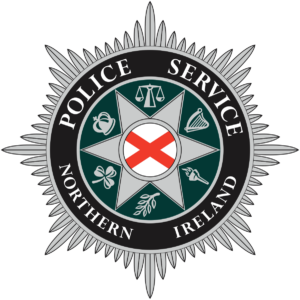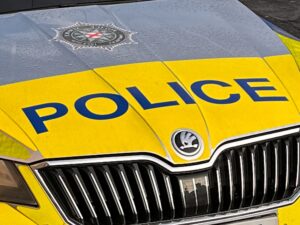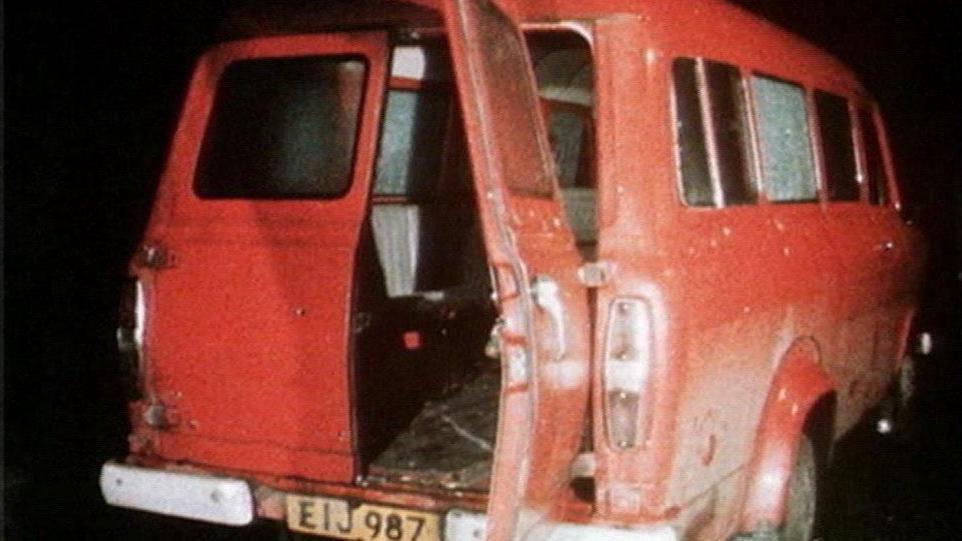
January 5, 1976 – A Quiet Road Turned Kill Zone
What started as an ordinary evening commute turned into one of the most horrific mass killings of Northern Ireland’s Troubles. On January 5, 1976, near the village of Kingsmill in County Armagh, ten Protestant textile workers were executed in cold blood by a group of gunmen posing as British soldiers.
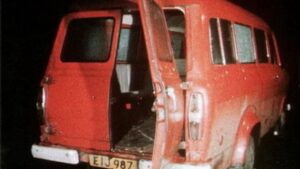
The Kingsmill Massacre, as it came to be known, shocked a region already mired in violence—and left a community devastated.
Stopped at Gunpoint
The victims were workers from a local textile factory in Glenanne. They were traveling home in a minibus when it was flagged down by what appeared to be a British Army checkpoint. But this was no security patrol.
The men—dressed in military-style clothing and heavily armed—were part of a paramilitary unit. They ordered the passengers out of the van and asked their religion. When one man, Richard Hughes, identified himself as Catholic, he was told to leave the scene. The remaining 11—Protestants—were lined up by the roadside.
Seconds later, the gunmen opened fire with automatic rifles. Ten men died at the scene. One, Alan Black, survived despite being shot 18 times.
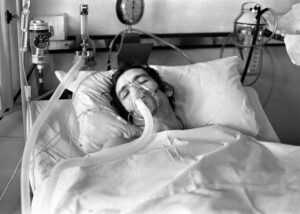
Victims Named
The ten men killed were:
• John Bryans
• Robert Chambers
• Reginald Chapman
• Walter Chapman
• Kenneth Lutton
• John McConville
• James McWhirter
• Robert Walker
• Joseph Lemmon
• Richard McWhirter
All were civilians with no connections to paramilitary activity.
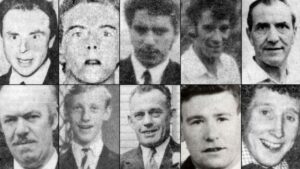
A Retaliation?
The massacre came just 24 hours after loyalist paramilitaries killed six Catholic civilians in the nearby towns of Whitecross and Bessbrook. Many believe the Kingsmill attack was a planned revenge killing.
Responsibility was claimed by a previously unknown group calling itself the South Armagh Republican Action Force. The Provisional IRA denied involvement, but evidence later suggested that members of the IRA’s South Armagh brigade were likely behind the attack.
Despite several investigations, no one has ever been convicted for the massacre.
Aftermath and Outrage
The killings provoked widespread condemnation from both Catholic and Protestant leaders. Even amid the bloodshed of the 1970s, Kingsmill stood out for its brutality and clear sectarian motive.
The lone survivor, Alan Black, went on to become a powerful voice for truth and reconciliation. His testimony has played a key role in keeping the memory of the victims alive and pressing for justice.
Remembering Kingsmill
Today, the Kingsmill Massacre remains one of the most painful and significant events in Northern Ireland’s troubled history. Memorials stand near the site of the attack, and commemorations are held annually in honor of the victims.
For many, Kingsmill is a stark reminder of what can happen when a society is torn apart by sectarian division and political violence. It’s a chapter that still echoes loudly in conversations about justice, peace, and the importance of remembering.

